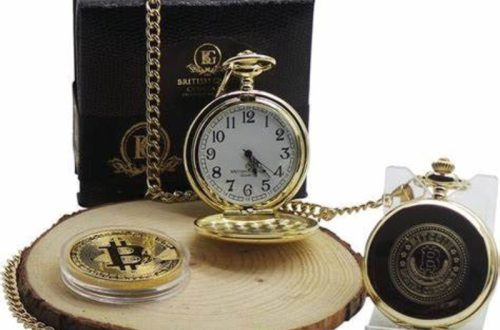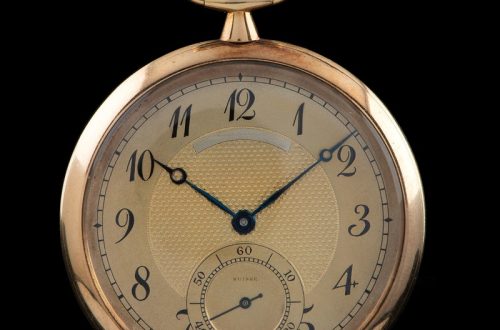Part 1: Regular Cleaning and Maintenance
1. Use a soft cloth and mild soap:
For watch maintenance tips, regular cleaning is essential for maintaining the pristine condition of your watch. One of the most effective methods is to use a soft, lint-free cloth and mild soap. Gently wipe down the case, bracelet, and crystal of your watch to remove dirt, grime, and oils that can build up over time. Be sure to rinse the watch thoroughly with lukewarm water and dry it completely to prevent water damage. This gentle cleaning routine will help to preserve the watch’s appearance and protect its delicate components from corrosion and wear and tear.
2. Avoid using harsh chemicals and abrasive materials:
When cleaning your watch, it’s crucial to avoid using harsh chemicals or abrasive materials that can damage the finish and integrity of the watch. Harsh solvents, such as acetone or alcohol, can strip away protective coatings and cause corrosion. Similarly, abrasive materials, like steel wool or wire brushes, can scratch the surface of the watch and create permanent damage. Instead, stick to using a mild soap and water solution, and a soft cloth to carefully clean the watch’s surfaces. This gentle approach will help to preserve the watch’s appearance and prevent any unnecessary damage.

Part 2: Proper Storage
1. Store your watch in a watch box or case:
Proper storage is essential for watch maintenance. When you’re not wearing it, store it in a watch box or case to protect it from dust, moisture, and other environmental factors that can cause damage. A watch box provides a secure and padded environment that helps to prevent scratches, dents, and other forms of wear and tear. Additionally, storing your watch in a case can help to maintain its original appearance and prevent premature aging. Choose a watch box or case that is appropriate for the size and shape of your watch, and ensure that it is properly padded to protect the delicate components.
2. Keep your watch away from extreme temperatures and humidity:
Extreme temperatures and humidity can have a detrimental effect on the delicate components of your watch. Exposure to high temperatures can cause the lubricants in the movement to dry out, leading to increased friction and reduced accuracy. Conversely, exposure to low temperatures can cause the oils in the movement to thicken, hindering its proper functioning. High humidity can also contribute to corrosion and damage to the watch’s internal components. To protect your watch from these environmental factors, store it in a cool, dry place away from direct sunlight, heating vents, and other sources of heat. Additionally, consider using a humidity control pouch or desiccant pack to help regulate the moisture levels within your watch box.
Part 3: Regular Servicing
1. Schedule regular servicing with a professional watchmaker:
Just like a car requires regular maintenance to ensure optimal performance, your watch also needs periodic servicing. A professional watchmaker can inspect, clean, and lubricate the movement and components of your watch to prevent wear and tear and maintain its accuracy. Regular servicing can help to identify and address potential issues before they become more serious, saving you time and money in the long run. The frequency of servicing will depend on the type of movement, the watch’s age, and your usage patterns. However, it is generally recommended to have your watch serviced every 2-5 years.
2. Don’t attempt to service your watch yourself:
While it may be tempting to try and clean or repair your watch yourself, it’s best to leave these tasks to a professional watchmaker. Watchmaking is a highly skilled craft that requires specialized tools, knowledge, and experience. Attempting to service your watch yourself could lead to accidental damage, which could be costly to repair. A professional watchmaker has the expertise and equipment to handle delicate watch components without causing any harm. By entrusting your watch to a qualified professional, you can ensure that it receives the care and attention it deserves.

Part 4: Be Mindful of Wear and Tear
1. Avoid wearing your watch during certain activities:
While it’s tempting to wear your watch all the time, it’s important to be mindful of certain activities that can cause damage. Swimming or showering with your watch on can expose it to water, which can seep into the case and damage the delicate internal components. Similarly, participating in high-impact sports or heavy manual labor can subject your watch to excessive shock and vibration, which can lead to scratches, dents, or even internal damage. To protect your watch from these risks, it’s best to remove it before engaging in activities that involve water, extreme temperatures, or physical exertion.
2. Pay attention to scratches and dents:
Even with the best care, your watch may still accumulate scratches and dents over time. These signs of wear and tear are common and do not necessarily indicate a serious problem. However, it’s important to monitor these marks and have them addressed by a professional watchmaker if they become excessive or start to affect the watch’s functionality. A watchmaker can often repair or restore scratches and dents, preserving the watch’s appearance and value. By paying attention to these signs and taking preventive measures, you can help to maintain the pristine condition of your watch for years to come.
Part 5: Avoid Magnetic Fields
1. Keep your watch away from magnetic fields:
Magnetic fields can harm your watch’s accuracy and performance if it has a mechanical or automatic movement. The field can interfere with the delicate components, causing it to run inaccurately or stop. To protect your watch, avoid placing it near electronic devices like laptops, speakers, or cell phones. These emit magnetic fields that can disrupt the watch’s operation. If you suspect exposure to a magnetic field, get a professional demagnetization service to restore accuracy.

2. Consider a magnetic-resistant watch:
If you know you’ll be frequently exposed to magnetic fields in your daily life, investing in a magnetic-resistant watch is a wise choice. These watches are designed with special components that can withstand the effects of magnetic fields, ensuring the accuracy and performance of your timepiece. Magnetic-resistant watches often feature a soft-iron inner case that shields the movement from external magnetic influences. If you work in a field that involves exposure to magnetic equipment or frequently travel to areas with high levels of electromagnetic interference, a magnetic-resistant watch is a valuable investment.
Part 6: Insure Your Timepiece
1. Consider insuring your watch:
If you’re the proud owner of a high-value timepiece, insuring it is a wise investment to protect against loss, theft, or damage. A specialized watch insurance policy can provide you with peace of mind by offering comprehensive coverage tailored to the unique needs of your timepiece.
When selecting a watch insurance policy, ensure that it covers the full value of your watch, including any customizations or after-market modifications. This will ensure that you’re adequately compensated in the event of a loss or damage. Additionally, look for a policy that offers worldwide coverage, as accidents and theft can occur anywhere.
By investing in watch maintenance, you’re safeguarding your valuable timepiece and protecting your investment. In the unfortunate event of a loss or damage, insurance can provide the financial means to replace or repair your watch, allowing you to enjoy your timepiece for years to come.
2. Keep records of your watch’s value and condition:
In the event of an insurance claim, it’s important to have accurate records of your watch’s value and condition. Keep receipts, appraisals, and pictures of your watch maintenance, and have it regularly appraised to keep its value up to date. This will help to ensure you receive the correct compensation in the event of loss or damage.




